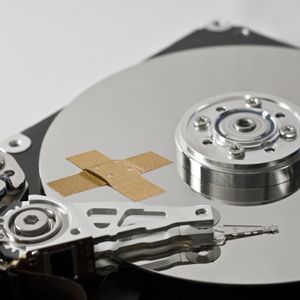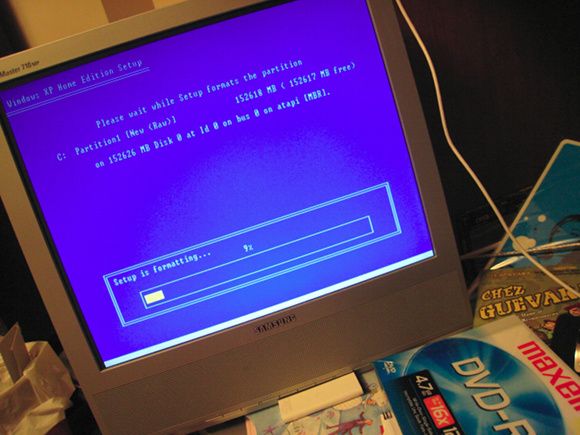We've all seen it before. Whether you've just finished building your own custom computer out of parts, or your old box finally needs a fresh-up, at some point or another we've manually installed Windows. For some people it's a glorious day where you get to start anew, while for others it's a horrible day because it means you probably crashed your system beyond all reasonable repair because of too much tweaking and you'd rather have it done as soon as possible.
At one point or another the installer will ask you a strange question - how do you want to format your hard drive? For Windows systems, there are only a few possible answer choices. You either format it in NTFS or FAT, or you format it in NTFS or FAT (quick). Have you ever stopped to wonder what the difference actually is between a quick format vs full format?
Is There Really A Difference?
If you see "quick and easy" versus "absolute time waster" as the presented options instead of full format and quick format, I will have to inform you that Microsoft isn't wasting your time for fun. Yes, there are indeed technological differences between the two options, and what each option essentially does. Understanding the effects of what you choose can be very important, depending on a couple of factors that you'll have to decide on. To do that, we'll dissect each option to figure out exactly what happens.
What Happens In A Full Format
Most experts say that choosing the full format feature (preferably NTFS over FAT) is better suited for your computer. For a handful of reasons, this is correct. A full format completely wipes your hard drive. After a full format, there shouldn't be any recoverable data left that a program could sniff out.
A full format also checks the hard drive for bad sectors. If you haven't switched out your hard drive for a newer one, your old computer will have a hard drive that will most likely be, well, old. Old things, as we know, tend to break more often, depending on what it is. Therefore, old hard drives are more prone to getting bad sectors (although the possibility can still exist for brand new hard drives, provided data was written onto the hard drive in a way where it becomes corrupt.
If the full format finds a bad sector, it will attempt to fix it. A successful fix means that your hard drive is once again fully functional and all space on it can be used. Finally, the tables of the new filesystem are carefully constructed on the hard drive and checked before the actual installation begins.
What Happens In A Quick Format
On the other hand, we have a quick format. A quick format is almost the complete opposite of a full format (it's almost because it has to do something to even be called a quick format). Instead of treating your hard drive to a nice manicure, pedicure, and what else, a quick format will only delete the journalling part of the filesystem. In case you don't know, NTFS, ext3 and ext4, as well as HFS+ are all journalling filesystems. This means that a "journal" is kept in order to keep track of what files even exist and where they can be located on the hard drive. A quick format simply wipes this journal, and lays a new, simple, and blank filesystem on top. That's it.
It doesn't really rebuild the filesystem, it doesn't scan for bad sectors, and it doesn't delete the data that's on there. Therefore, assuming that no new data has been written back onto the hard drive to overwrite the "hidden" old data, one could use a file recovery program to find and re-save virtually every file that was on the hard drive before the quick format. As you may have guessed, this isn't the best choice if you're concerned about security.
Conclusion
So at the end of the day, which formatting style should you choose? If you quite frankly still can't decide on your own, I'd follow the experts' recommendation and do a full format, as it's worth the time to save your hard drive from potentially permanent damage in the future. A full format will also help to increase the speed, efficiency, and stability of the hard drive. However, you may judge upon the two methods on your own and choose what you think is best for you.
What formatting option do you typically select? Which filesystem that has ever been created do you believe is the best? Let us know in the comments!
Image Credit: Shutterstock; dejahthoris


